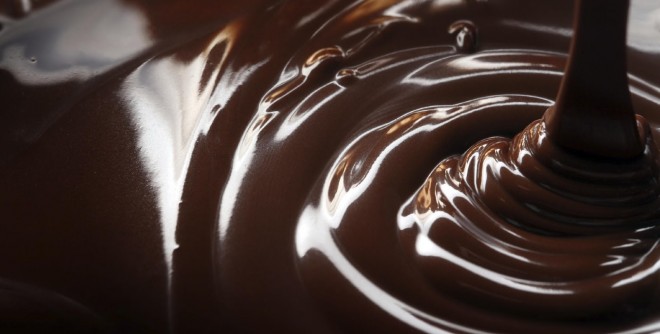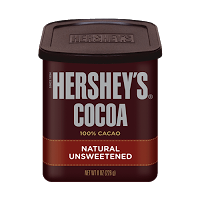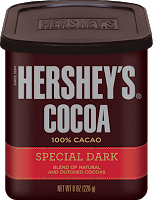Chocolate has feel-good chemicals called flavonoids — chemical compounds found in fruits and vegetables. And you know fruits and veggies are good for you. It makes sense that chocolate is good for you .
Flavonoids are antioxidants that protect your cells against damage — they have antiviral, anti-allergic, anti-inflammatory, and anti-tumor activities.
But you can’t get that from a Butterfinger. You have to choose your chocolate wisely. Here are some tips to help you choose the healthiest chocolate for that next binge.
Look for the amount of cocoa solids in chocolate. That’s where the good stuff is. It’s all about the cocoa solids. Here’s the run-down:
1. Unsweetened Cocoa Powder —
Cacao beans are roasted and ground into a liquid cocoa. Excess cocoa butter is removed, leaving cocoa solids, which are ground into cocoa powder. To get the dark dutch color, the powder is treated with potassium carbonate to make it alkaline — called Dutch cocoa. Dark, but not high in flavonoids. Buy the cocoa that is not Dutch-processed. Yep.
Don’t get confused, because one time I bought the Hersheys Dark Cocoa Powder thinking darker is better and then I read on the label that it was Dutch-processed. Studies show that Dutch process diminishes the amount of flavonoids by 60%. So go for the regular unsweetened cocoa powder, often called natural raw cocoa powder. Leave the Dutch.
2. Dark Chocolate —
3. Milk Chocolate —
This one doesn’t have as high a percentage of cocoa solids, especially if you’re eating chocolate made in the USA, where the law only requires 10% cocoa solids. That’s poop. That’s a waste of calories. Once again, Europe has us beat in the chocolate department. They require 30% cocoa solids in their milk chocolate.And if you’re in love with milk chocolate, you can enjoy the imports and get a 39% lower risk of heart attack and stroke (6 grams of milk chocolate per day in this study did it) Germany followed over 27,000 participants for eight years — in four years they had lower blood pressure than when they began. See, you can enjoy the milk, but you have to pay for the good stuff.
4. White Chocolate —
Choose your chocolate wisely







